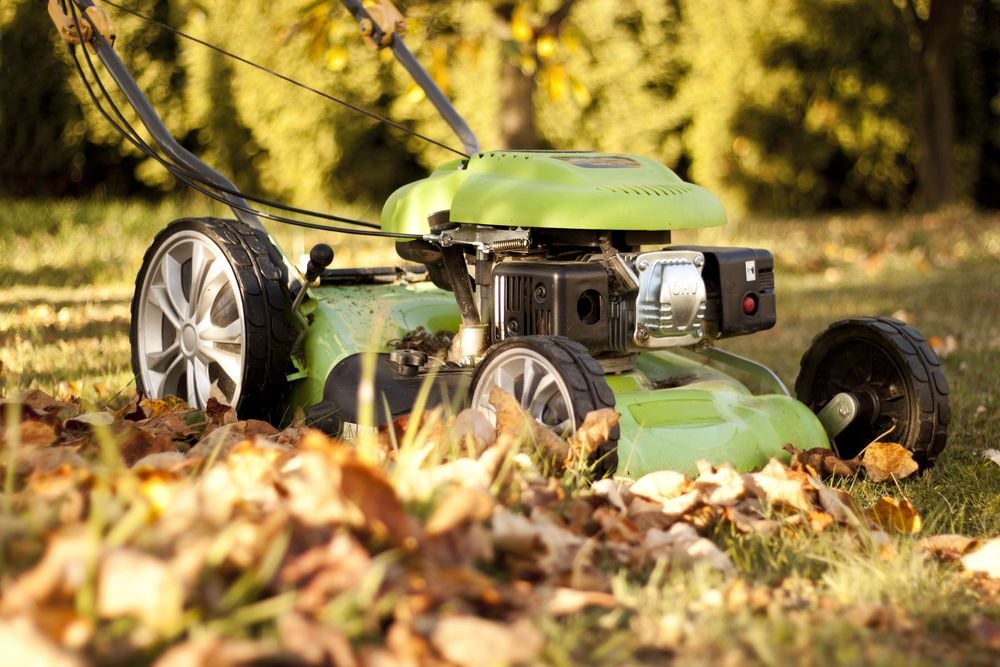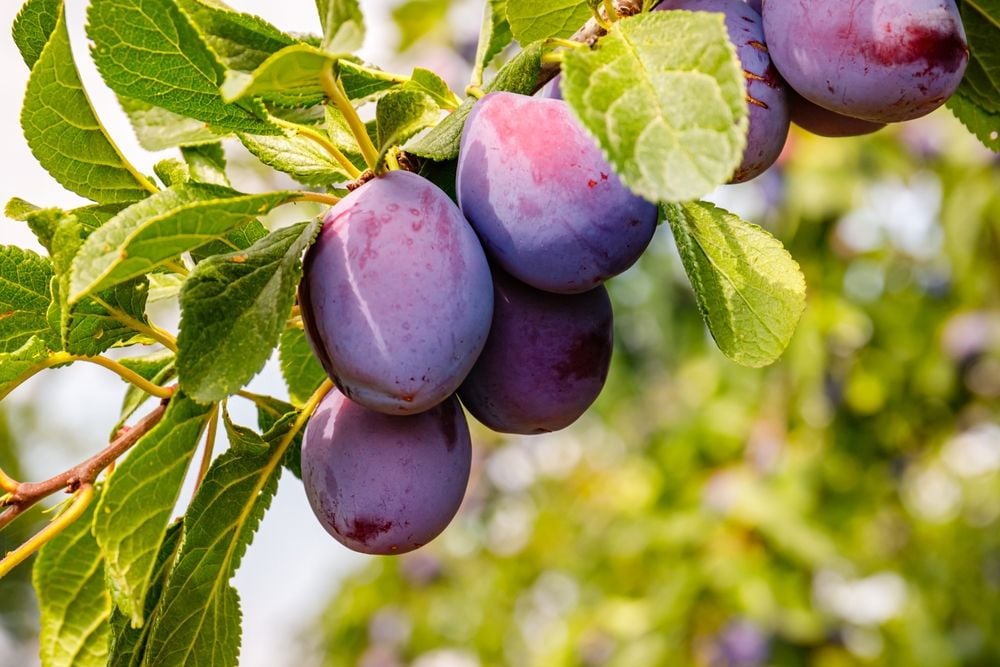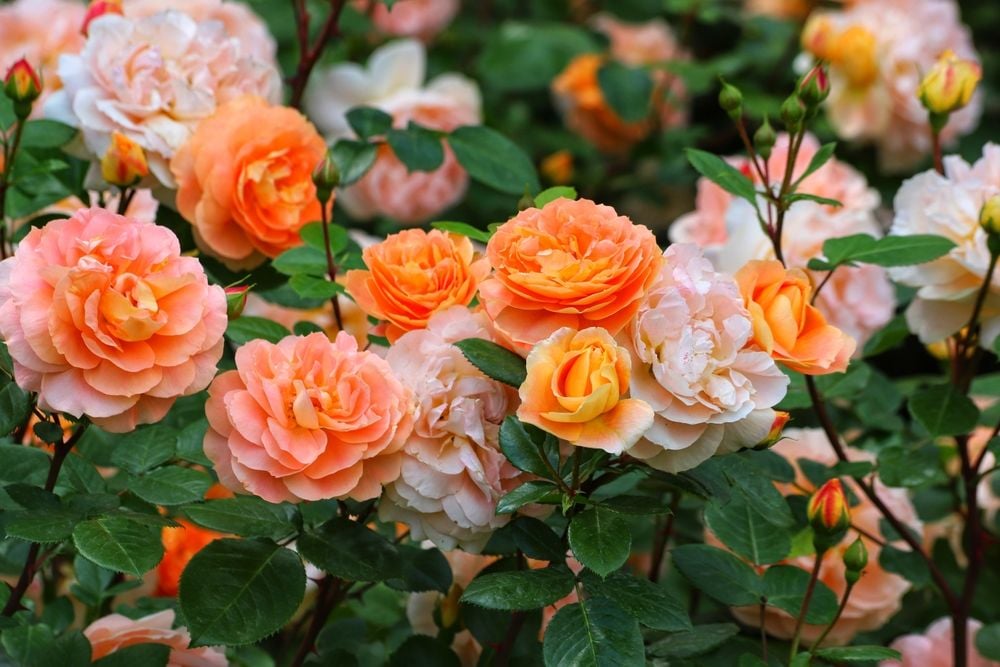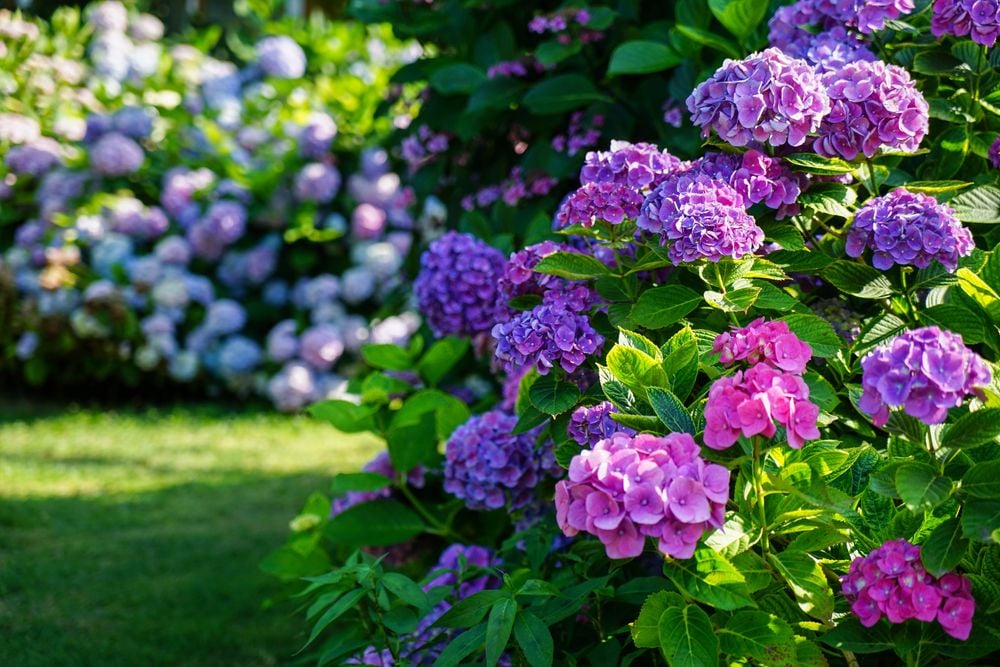
Unveiling the Mystery: Why Your Tulips Aren't Blooming
- Jun 4, 2025
You may anticipate the burst of colors brought by tulips, signalling the onset of spring, but what happens when these enchanting flowers fail to bloom? Various factors ranging from animal disturbance to improper drainage could be contributing to your tulip trouble.
Luckily, there exist pragmatic solutions to rectify this issue, ensuring a bloom-filled next season. Numerous horticulture experts have given tips on encountering such common tulip issues.
Jen Naye Herrmann, co-founder of The Marketing Greenhouse, notes the optimal planting period for tulips falls between September and November. The necessity of cold weather exposure for these bulbs, requiring 12 to 16 weeks of chilly temperatures, cannot be understated if you’re looking forward to their spring bloom, Herrmann explains.
While you might be tempted to give the previous season's bulbs a second chance, planting new ones is a safer bet, advises Laura Janney, CEO of The Inspired Garden. Given their affordability, it's reasonable to plant new bulbs, leaving the old. In a best-case scenario, you might even get twice the count of blossoms.
When selecting a site for your tulips, ensure you pick a location that receives full sunlight. Tulips lacking in sunlight might produce leaves, but fail to bloom, warns Janney. To address this, select a spot that guarantees at least six hours of direct sunlight daily. Transplant bulbs during autumn or better still, plant fresh ones in sun-soaked spots to up the chances of a spring bloom.
Planting the bulbs at the right depth is also essential, as pointed out by Tammy Sons, founder, and CEO at TN Nursery. She recommends planting tulip bulbs approximately 6 to 8 inches deep. Planting them too deep can cause delayed bloom or rot due to drainage issues.
Optimal drainage conditions are crucial for tulip bloom. In the presence of overly damp soil, tulips can rot, especially during the fall and spring. Janney advises planting them in elevated beds and avoiding areas where rainwater tends to accumulate.

Herrmann suggests enhancing soil permeability by mixing compost and sand into the soil. This further promotes good drainage.
Furthermore, avoid getting scissor-happy on your tulips. It's essential to allow the leaves to turn yellow and wilt before removing them. As Herrmann explains, these leaves furnish the bulb with necessary nutrients for the subsequent season.
Photosynthesis is key to bulb nourishment, and premature trimming of leaves can starve the bulb of essential nutrients, a fact emphasized by Janney. This deprivation can subsequently compromise the bloom's chances in the following year.
Among tulips, some varieties, such as Parrot or Peony tulips, might bloom just for one or two seasons before they taper out, alerts Herrmann.
Despite meticulous care, certain tulip species resist naturalization. Janney advises treating tulips as annuals-planting anew every fall for a surefire spring bloom, resulting in stable color and bloom quality.
The reason you’re not seeing tulips bloom may also be due to wildlife disturbance. Squirrels and deer have a habit of digging up tulip bulbs. To prevent this, Janney puts forth a suggestion to use a bulb cage, plant tulips alongside plants that intruders loathe, or applying repellents during fall to shield the bulbs through winter.






